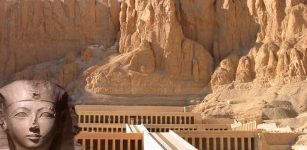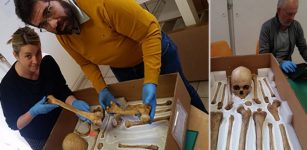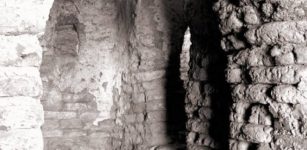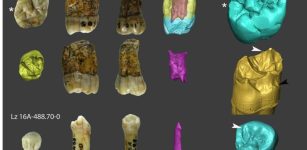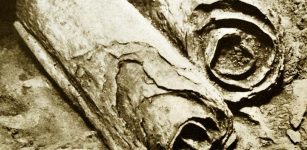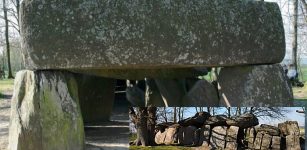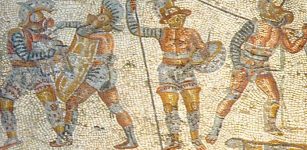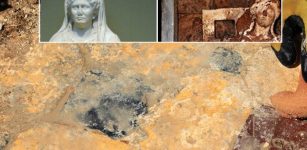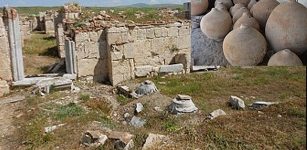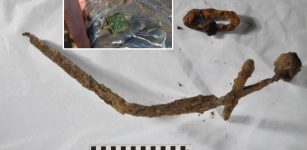Archaeologists Excavate Two Roman Bath Hidden In A Dark Passage Below The Streets Of Bath
AncientPages.com - Archaeologists have begun digging up two Roman baths hidden in a passageway below the city of Bath, in the south-west of England.
Archaeologists believe one of the baths dates to the first century AD and the other from the second.
However, the area has never been fully excavated and recorded.
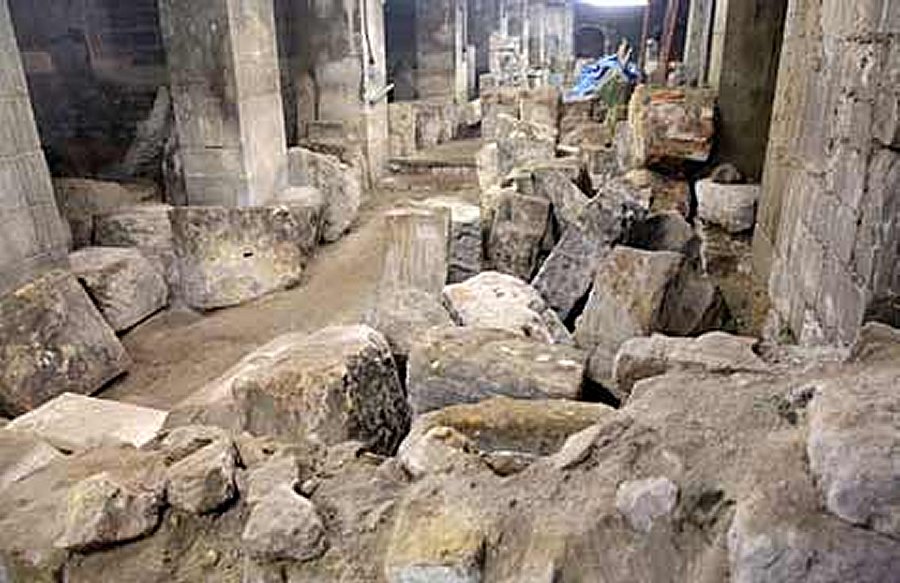
Archaeologists will investigate the condition of the Roman masonry, examine the materials used to backfill the baths, and record those elements that were less well-recorded in the past. Credits: Bath and North East Somerset Council
'Tantalizingly they thought they had found the floor of one of them, but the ground dipped away, writes Culture 24.
Digital photography will however be used to produce a record of the surviving Roman walls, and help build an image of what the baths used to look like. The archaeological dig takes place in an area of the Roman Baths not currently open to the public.
This will be the first time the two Roman baths have been seen since the 1960s, when they were partially excavated by archaeologist Barry Cunliffe, now Emeritus Professor of Archaeology at the University of Oxford.

Digital photography will however be used to produce a record of the surviving Roman walls, and help build an image of what the baths used to look like. Credits: Bath and North East Somerset Council
Stephen Bird, of Bath and North East Somerset Council, points out that there is urgency to the work on the recently re-excavated baths.
“What’s important to note here is the bad condition – this is an uncontrolled environment, we have moss growing on the Roman stonework. This is why we need to do this project now,” he says.
We've known it’s been here for over 100 years, so it’s a unique opportunity," he adds. "This space, in a sense, will be at the crossroads of the whole project.
Archaeologists will investigate the condition of the Roman masonry, examine the materials used to backfill the baths, and record those elements that were less well-recorded in the past.
AncientPages.com

